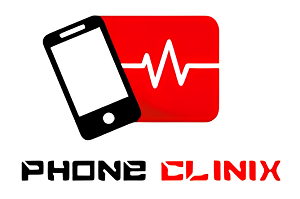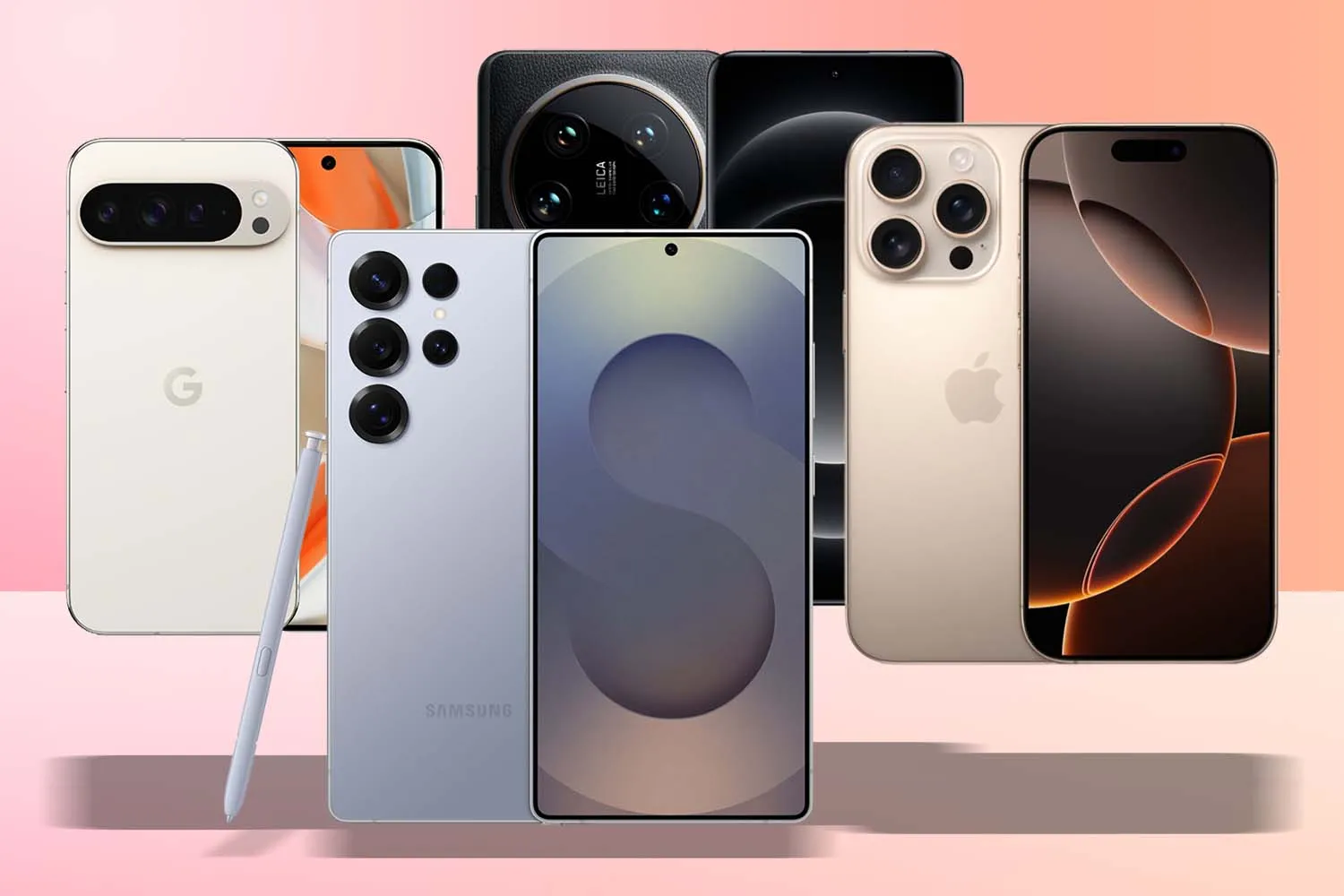In today’s fast-paced, tech-driven world, contactless technology is no longer a luxury it’s a necessity. From tapping to pay at grocery stores to transferring files with a bump of the phone, Near Field Communication (NFC) has transformed the way we interact with our mobile devices. Yet, for many users and businesses alike, keeping up with contactless trends can be challenging. Whether you’re facing compatibility issues, performance glitches, or simply trying to understand if your device even supports NFC, the right tools can make all the difference. That’s where phone diagnostic software comes into play.
Understanding NFC and Its Role in Contactless Trends
NFC stands for Near Field Communication, a technology that allows two electronic devices to communicate wirelessly over short distances usually 4 cm or less. NFC is widely used for mobile payments (e.g., Apple Pay, Google Wallet), contactless ticketing, identity verification, and even smart home integration.
With the rise of tap-to-pay and digital wallets, NFC is now at the forefront of the contactless revolution. This trend is further accelerated by global health concerns and a widespread preference for touchless interactions. Businesses that fail to adapt risk losing customers, while individuals with incompatible or malfunctioning devices may feel left behind.
Common NFC Issues Users Face
Despite its popularity, NFC isn’t foolproof. Many users encounter problems such as:
- Device not detecting NFC tags
- NFC payments failing at the point of sale
- Poor or intermittent connectivity
- Unresponsive NFC chips
- Incompatibility with apps or systems
These issues can stem from outdated firmware, damaged hardware, misconfigured settings, or software bugs. Before assuming the worst, however, it’s crucial to properly diagnose the issue and that’s where phone diagnostic software becomes invaluable.
What Is Phone Diagnostic Software?
Phone diagnostic software is a specialized tool designed to assess and analyze the hardware and software components of a smartphone. It checks various functionalities like the battery, screen, sensors, GPS, Bluetooth, Wi-Fi, and yes NFC. These diagnostics are essential not just for individual troubleshooting but also for resale assessments, tech support, and refurbishing operations.
Whether you’re a consumer, a technician, or a business owner, using phone diagnostic software can help you:
- Verify if NFC is present and working
- Test NFC communication with external tags or devices
- Detect software or hardware-related issues
- Get suggestions for possible fixes or updates
Benefits of Using Phone Diagnostic Software for NFC Issues
1. Accurate Problem Identification
Instead of guessing whether your NFC chip is damaged or if it’s just a software glitch, diagnostic software provides accurate information. It performs a detailed scan and flags potential problems, reducing the need for time-consuming trial-and-error fixes.
2. Informed Decision-Making
Planning to buy a second-hand phone? Selling your old device? Phone diagnostic tools can confirm if the NFC feature is functioning as expected. This helps buyers and sellers make informed decisions, increasing transparency and trust.
3. Time and Cost Efficiency
Running diagnostics can save you from unnecessary repair costs or prolonged customer service interactions. Many issues, like outdated drivers or minor software bugs, can be easily identified and resolved using these tools.
4. Enhanced User Experience
If you frequently use tap-to-pay or other NFC services, ensuring that this feature works reliably is critical. Diagnostic software helps maintain performance, allowing users to enjoy a seamless contactless experience.
How to Use Phone Diagnostic Software to Test NFC
Here’s a step-by-step approach to leveraging diagnostic tools for troubleshooting NFC:
- Download a Trusted Diagnostic App
Choose reliable apps such as Phone Doctor Plus, TestM, or the built-in diagnostic tools that come with some phones (e.g., Samsung Members for Galaxy devices). - Launch NFC Tests
Navigate to the NFC test section. The app may prompt you to bring your device close to an NFC tag or another phone to validate the communication channel. - Analyze the Results
If the test fails, the software will often provide error codes or suggestions. If it passes, you’ll know the NFC hardware is intact, and any issues may lie in software configuration or external systems. - Take Recommended Actions
Follow the app’s recommendations, whether it’s resetting your NFC settings, updating your operating system, or replacing a faulty component.
Keeping Up with Contactless Trends
Technology evolves rapidly, and staying current with contactless trends means being proactive. Here are a few ways to keep up:
1. Upgrade Your Device Periodically
Older phones may not support modern NFC standards or secure elements required for newer payment apps. If your diagnostic software flags outdated hardware, consider upgrading.
2. Stay Informed on App Compatibility
Payment apps and other NFC-based tools frequently update their security protocols. Ensure your apps are up to date and compatible with your device’s NFC features.
3. Monitor Industry Changes
Follow tech news and trends to learn about upcoming NFC innovations, like biometric integrations or ultra-wideband enhancements. Awareness is the first step toward adaptability.
4. Use Diagnostic Tools Regularly
Running periodic diagnostics can help you stay ahead of potential problems, ensuring that you’re always ready for smooth, contactless interactions.
5. Educate Staff and Customers
If you’re a business accepting contactless payments, train your staff to recognize NFC issues and assist customers. Having diagnostic software on hand can help resolve complaints faster and more effectively.
Why Businesses Should Care About NFC and Diagnostics
From retail stores to medical facilities, every customer-facing business should embrace contactless options. Not only do they enhance convenience, but they also reduce hygiene risks and speed up transactions. However, customer satisfaction hinges on reliability. A malfunctioning NFC terminal or app can ruin an otherwise smooth interaction.
Businesses that invest in phone diagnostic software whether for employee devices or testing customer tech stand to benefit from:
- Reduced technical support costs
- Faster problem resolution
- Improved customer trust
- Streamlined workflows
Final Thoughts
As we navigate an increasingly touchless world, NFC is not just a feature it’s a fundamental part of digital interaction. But like all technologies, it comes with its challenges. If you’re struggling with NFC, don’t let frustration or confusion slow you down. Phone diagnostic software offers a powerful, user-friendly solution for identifying issues, optimizing performance, and keeping pace with the latest contactless trends.
Whether you’re an end user looking to get the most out of your smartphone, or a business aiming to deliver a flawless customer experience, adopting the right diagnostic tools can make all the difference. So the next time your tap-to-pay doesn’t work or your NFC tag goes undetected, reach for your diagnostic toolkit and take control of the problem efficiently and confidently.



